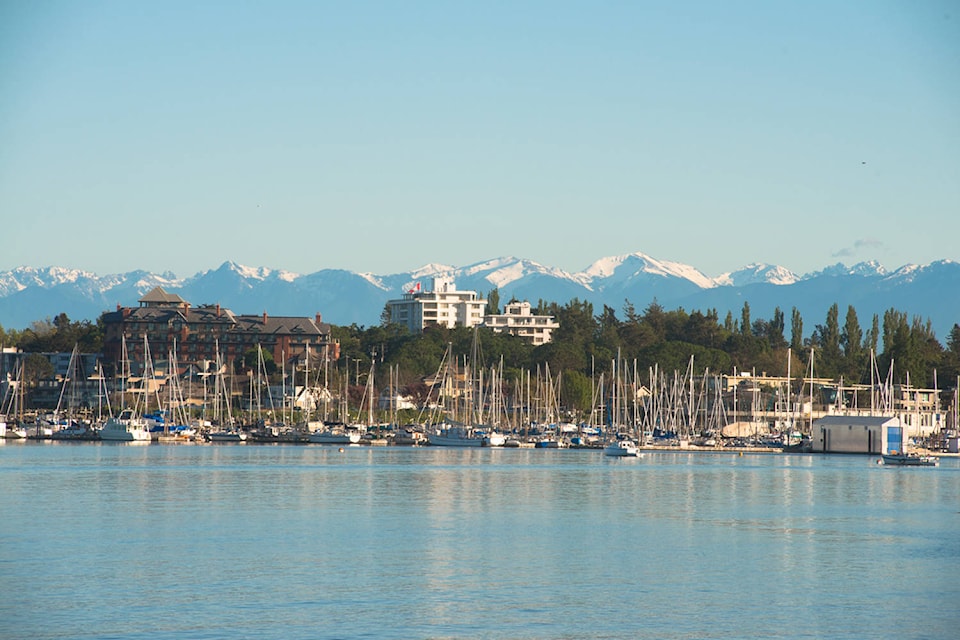A survey shows the aggregate price of a home in Victoria increased 5.3 per cent year-over-year to $659,685 during the second quarter of 2018. But the figure gleaned from Royal LePage House Price Survey and Market Survey Forecast released earlier this month obscures short and long-term trends that confirm the downward direction of the real estate market in the face of larger changes.
The same survey found that the aggregate price had risen 10 per cent during the first quarter. Prices, in other words, continue to rise, but at a slower pace.
The aggregate price figure – which represents the weighted average of the median values of all housing types collected – also does not capture the considerable variety among different housing types.
According to the report, the median price of a two-storey home increased by 0.6 per cent year-over-year to $863,206. During the first quarter, it had increased 8.7 per cent, confirming the general slowdown in prices – at least for detached homes.
Prices of bungalows and condominiums appreciated by 8.2 per cent and 8.0 per cent year-over-year to $730,872 and $488,513 during the second quarter. Median prices for bungalows and condominiums rose 13.2 per cent and 8.6 per cent year-over-year respectively during the first quarter of 2018.
The marginal increase in the value of detached homes speaks to the weak market for detached homes. Leo Spalteholz of househuntvictoria.ca has described the market for single family homes has been “very weak and underperforming substantially” below expectations.
“The dramatic dropoff in single family sales since April is quite astonishing especially compared to last year where sales increased in that period. Single family sales are down 45 per cent compared to a year ago and a quarter below the 10-year average,” he said. “July is usually where we see a steep drop in sales so it will be interesting to see if things really grind to a halt this month.”
So what accounts for this slowdown? Spalteholz blames “poor affordability, the [federal mortgage] stress test, and uncertainty due to incoming taxes.”
Jay Rockwell, managing broker with Royal LePage Coast Capital Realty, predicts that buyers will be staying away from Victoria, until they see the effects of the speculation tax.
“Victoria is a place where many Canadians like to ‘winter’ but now they are very concerned with how this tax will affect them,” he said.
The new tax coupled with changes to rental regulations will make it “near impossible for these people to come away unscathed,” said Rockwell.
However, the local market remains a seller’s market, according to the Victoria Real Estate Board’s sales-to-active listings ratio. It remains above 30 per cent, with the VREB defining a seller’s market above the 20 per cent mark. This said, since March 2017 the trendline has been pointing in one general direction: down.
So the slowdown could potentially be read as evidence that the speculation tax (coupled with other factors) is making housing more affordable.
wolfgang.depner@saanichnews.com
